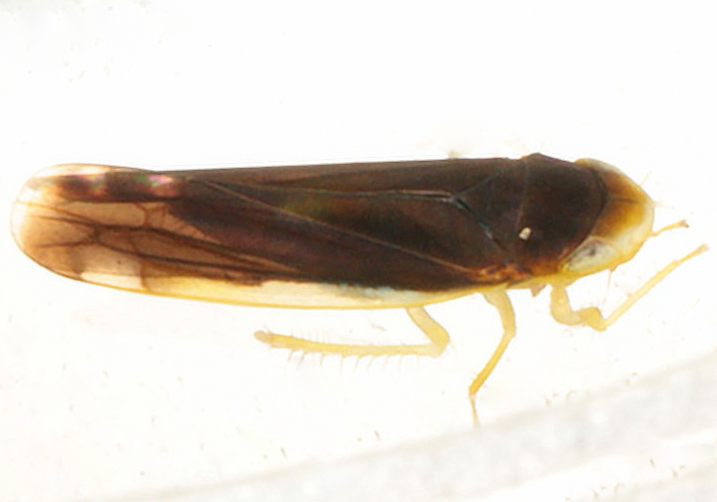| Comment: This species is very similar to in appearance to E. nigra. Both species are almost entirely blacksih dorsally, with slight differences in the wing coloration. In E. nigra, there is a longitudinal yellow stripe along the costal margin, extending almost to the apical cross veins. However, in E. omani, the outer basal cell along the costal margin is white to pale yellow in color, extending to the apical cross veins. Rather than having a pale stripe along the costal margin, almost the entire outer wing cell is pale. The two species also differ in size: nigra is 3.75-4.0 mm long, while omani is 3.0-3.25 mm. (Christian, 1956)
NOTE: E. omani is a species only known from Florida when it was first described in the 1950's. Dryopteris ludoviciana, from which this species has been collected, is found throughout the southern United States so it is very likely this species occurs well outside Florida and has just gone undetected. Specimens on this page match the description for E. omani, but specimens will be needed to confirm whether individuals with this pattern are omani or just a color variant of E. nigra. |

 »
»

 »
»